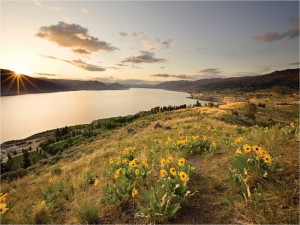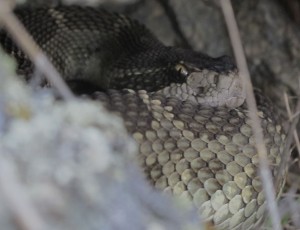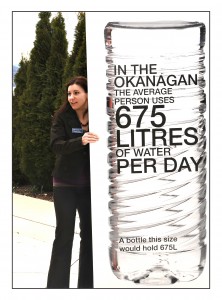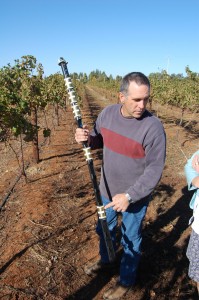“Political stability, environmental quality, hunger, and poverty all have the same root. In the long run, the solution to each is restoring…the soil.” Rattan Lal
Soil/Water Conservation: Coming in from the garden this weekend, I went straight to the sink to wash my hands. Carefully turning off the tap while soaping, I readjusted the faucet, and rinsed off the gritty brown lather.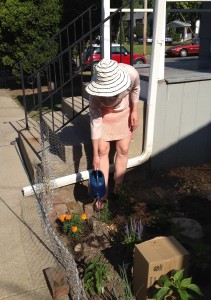
Ironically, it is the dirt, not the act of turning off the tap, that really saves water. Yes, my friends, some of the most effective things for water conservation are not the most intuitive. The soil in our yards and gardens is one of the most powerful forces we have for water conservation and pollution prevention.
Not that I shouldn’t wash my hands regularly and with care.



